Knowledge about Outdoor Camping Gas Stoves
Date: 2025-04-10 Categories: News Hits: 302
Product knowledge
·Types: Commonly seen types include cassette stoves, split-type gas stoves, and integrated gas stoves, etc. Cassette stoves use butane gas cylinders, which are small in size and easy to carry. For split-type gas stoves, the burner heads and gas cylinders can be separated. They have good stability and strong firepower, making them suitable for professional outdoor enthusiasts. Integrated gas stoves integrate the burner heads and gas cylinders together.
· Fuels: The main types include butane, propane and their mixed gases, etc. Butane has high combustion efficiency and stable flame, but its performance will deteriorate in low-temperature environments; propane is more suitable for low-temperature conditions and has higher combustion heat.
· Key parameters: These include the power output, adjustment range, thermal efficiency, weight, size, etc. The power output is generally expressed in terms of power, with units of watt (W) or kilowatt (kW). A larger power output is suitable for quick cooking and boiling water. Thermal efficiency reflects the ability of a gas stove to convert fuel energy into useful heat. Gas stoves with higher thermal efficiency are more energy-efficient.
Precautions for Use
· Fuel Selection and Installation: Use the fuel suitable for the gas stove. Different types of gas stoves use different fuels, and they should not be mixed. When installing the gas cylinder, ensure that the connection between the gas cylinder and the gas stove is tight and there is no leakage. During the installation process, operate in accordance with the requirements of the instruction manual to avoid gas leakage caused by improper operation.
· Ventilation Conditions: When using a gas stove, ensure there is good ventilation in the surrounding area. Avoid using it in an enclosed space to prevent incomplete combustion of gas, which may generate harmful gases such as carbon monoxide and lead to poisoning accidents.
· Ignition and Adjustment: Before ignition, check if the gas valve of the gas stove is in the closed position. Then, follow the correct ignition method. Generally, open the regulator first and then press the electronic igniter. During use, adjust the flame size reasonably according to the need to avoid the food from burning or any danger caused by excessive flame.
· Usage Environment: Avoid using the gas stove in an environment with high temperatures, humidity, or flammable and explosive items. At the same time, place the gas stove on a stable ground to prevent gas leakage or fire caused by shaking or tipping over. When using it in a windy environment, use a windproof cover to ensure the stability of combustion.
· Safety Inspection: Conduct safety inspections of the gas stove before and after use, including checking whether there is any leakage in the gas pipeline system and whether the components are damaged. If any problems are found, repair or replace them in a timely manner. It is strictly prohibited to use the gas stove with malfunctions.
· Proper Storage: After use, first close the valve of the gas cylinder. After the gas inside the gas stove has been completely burned, then close the valve on the stove. Clean the gas stove thoroughly and store it in a dry and well-ventilated place, avoiding direct sunlight and high-temperature environments. At the same time, store the gas cylinder separately from the gas stove to prevent accidents.
Use And Maintenance
· Before Use: Check whether all components of the gas stove are in good condition, and see if there is any damage or gas leakage in the gas pipeline. Place the gas stove in a stable, dry and well-ventilated place, keeping it away from flammable materials and obstacles.
· During Use: Operate the gas stove correctly according to the instruction manual. First, open the gas valve, and then ignite it. When adjusting the firepower, operate slowly to avoid sudden excessive firepower that may cause danger. Someone should be present to watch over it during use to prevent food from overflowing and extinguishing the flame or other accidents from occurring.
· After Use: Close the gas valve and wait for the burner head to cool down before storing it. If there are stains on the surface of the gas stove, wipe it clean with a damp cloth. Avoid using sharp or hard tools to scratch it to prevent damage to the stove body. Regularly check components such as the seals and valves of the gas stove, and replace them in a timely manner if they are damaged.

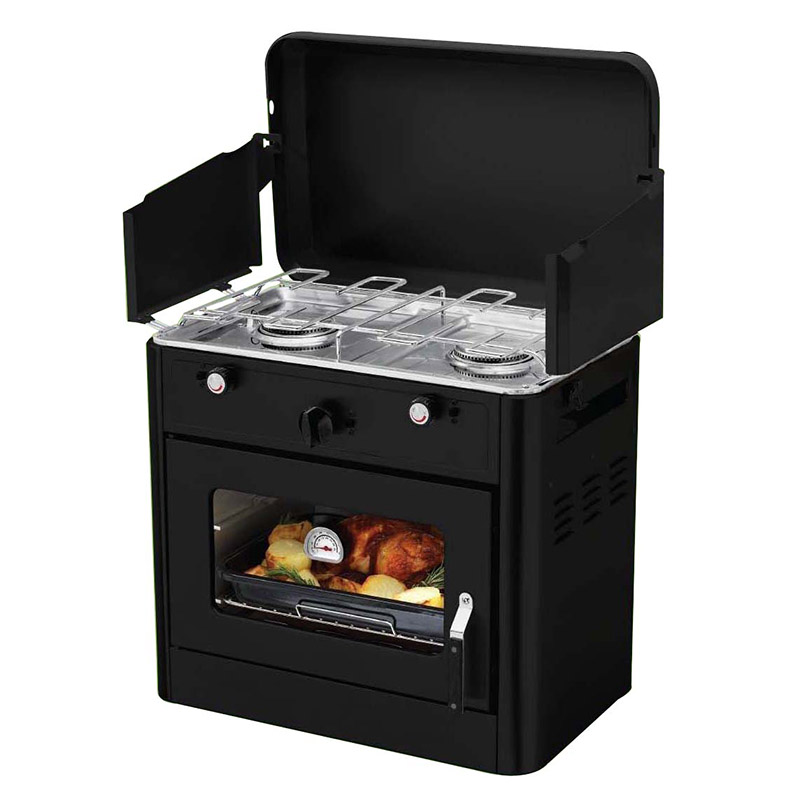 Gas Oven With Stove
Gas Oven With Stove 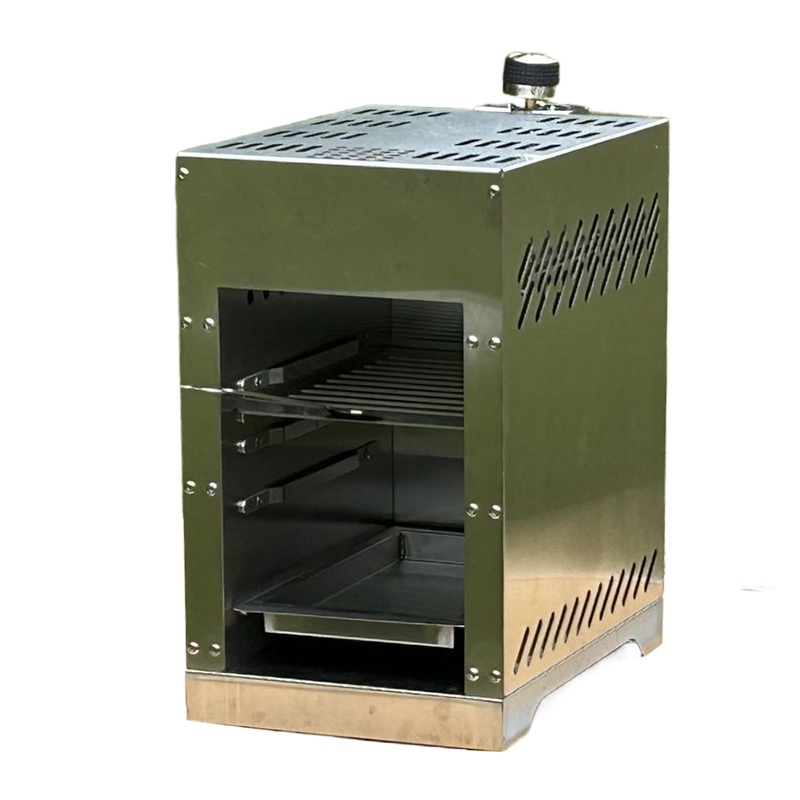 Beef Grill
Beef Grill 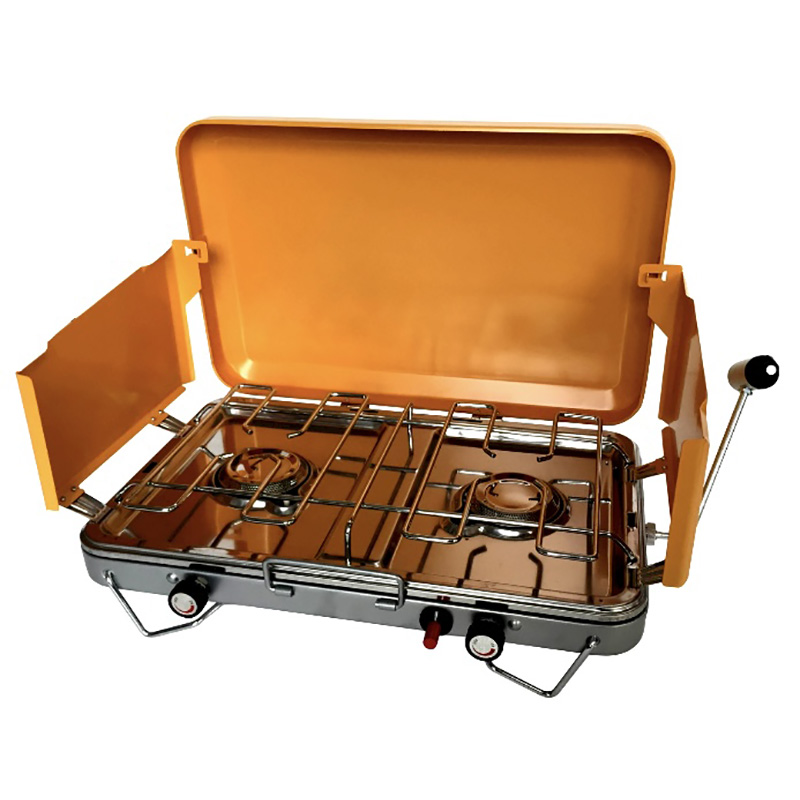 Luxurious double burner stove
Luxurious double burner stove 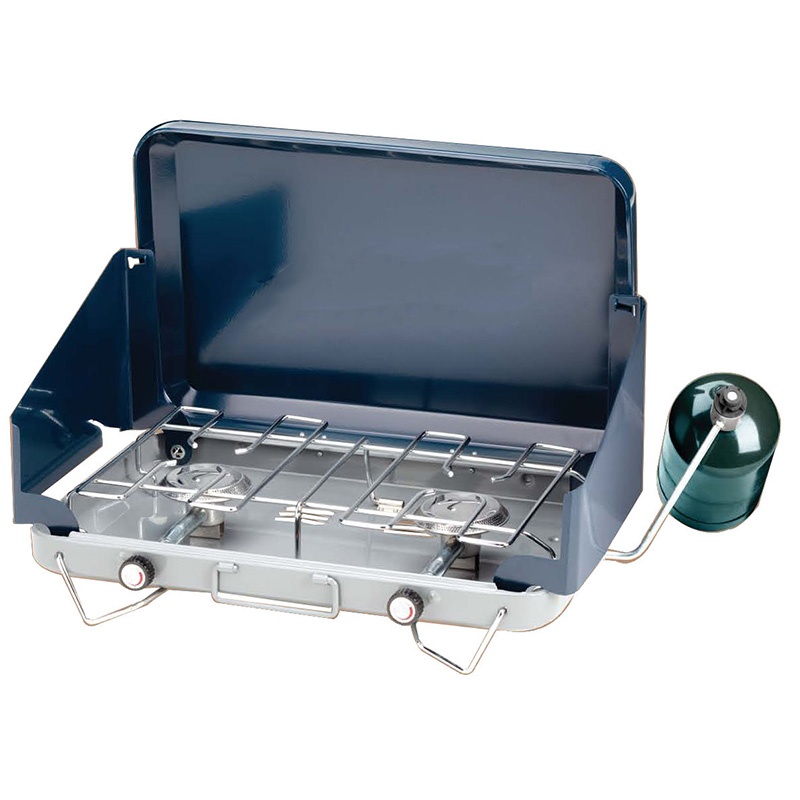 Two Burner Stove
Two Burner Stove 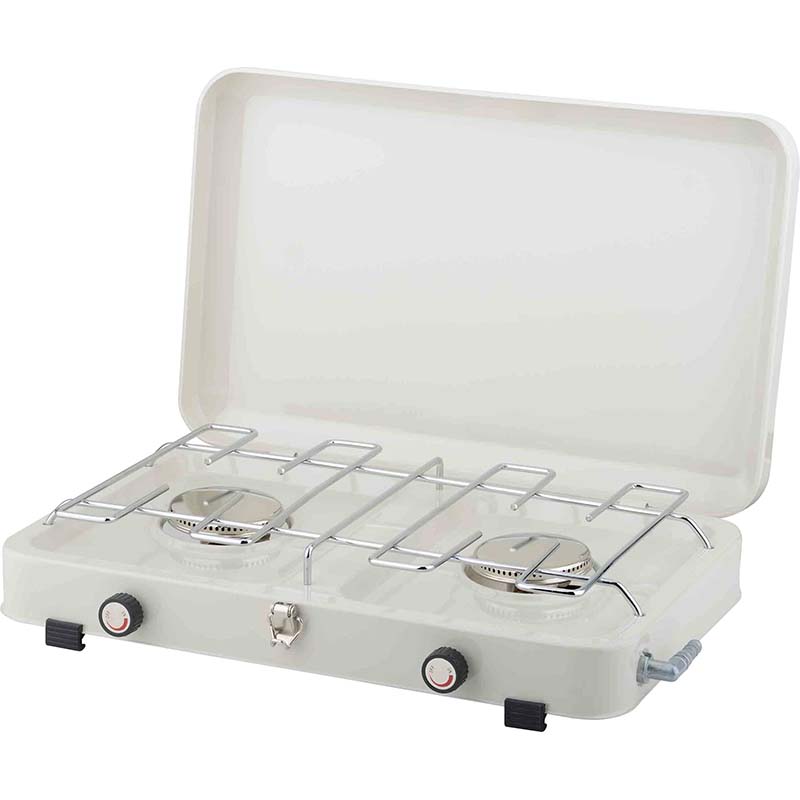 Two-Burner Stove With a Backre...
Two-Burner Stove With a Backre... 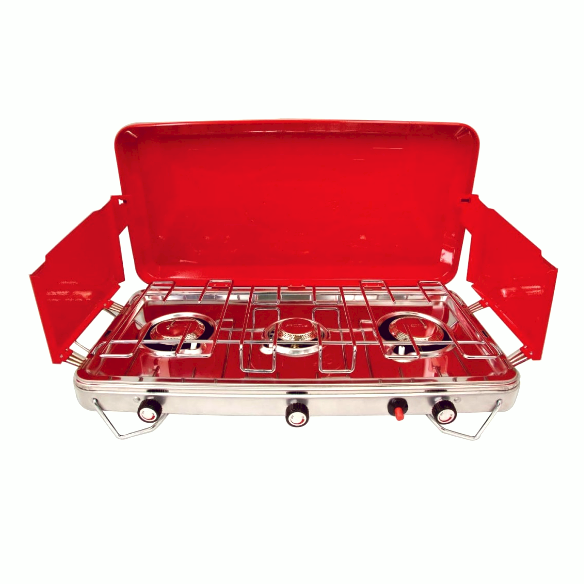 Three Burner Stove
Three Burner Stove 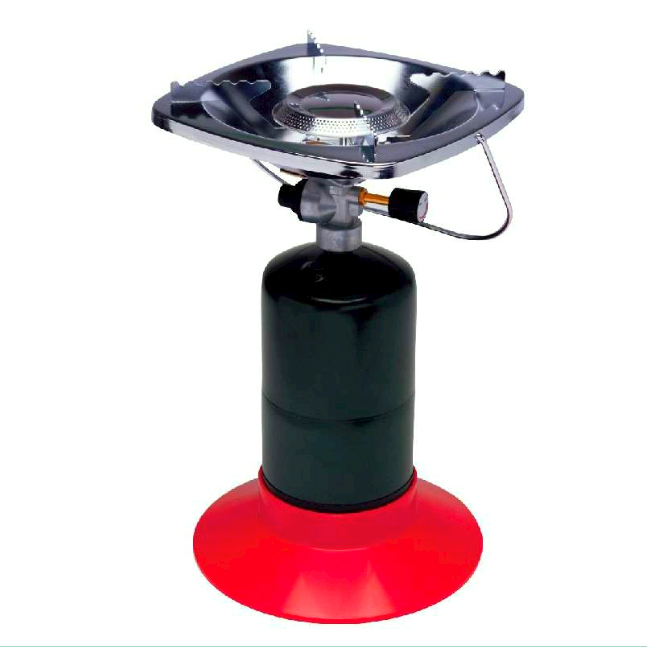 Single-burner Propane Basket ...
Single-burner Propane Basket ...  Gas Grill And Cooking Stove
Gas Grill And Cooking Stove 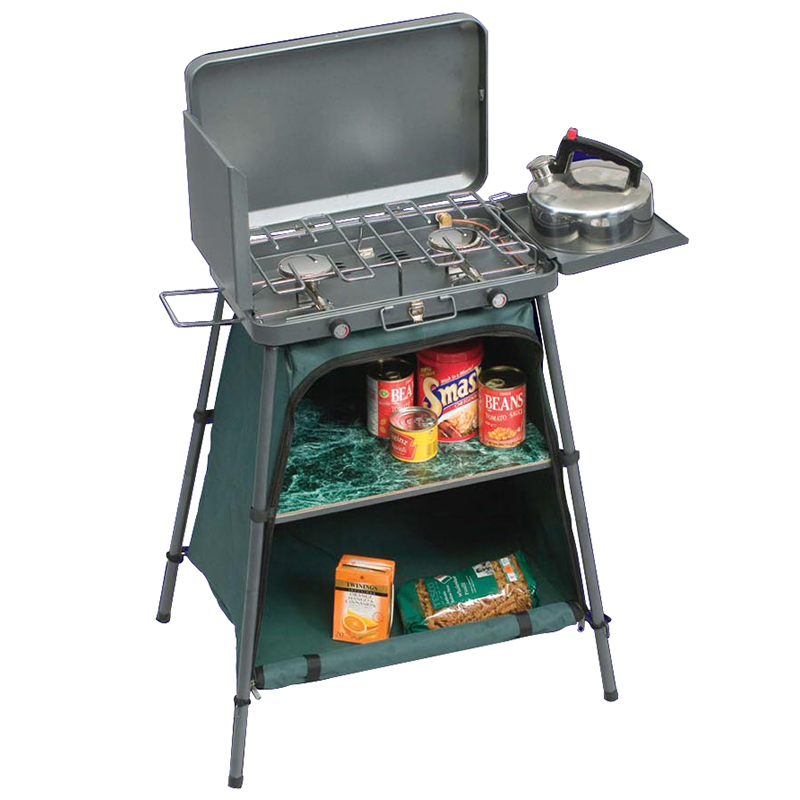 Two Burner Stove With Cabinet
Two Burner Stove With Cabinet  Tabletop Propane Griddle
Tabletop Propane Griddle 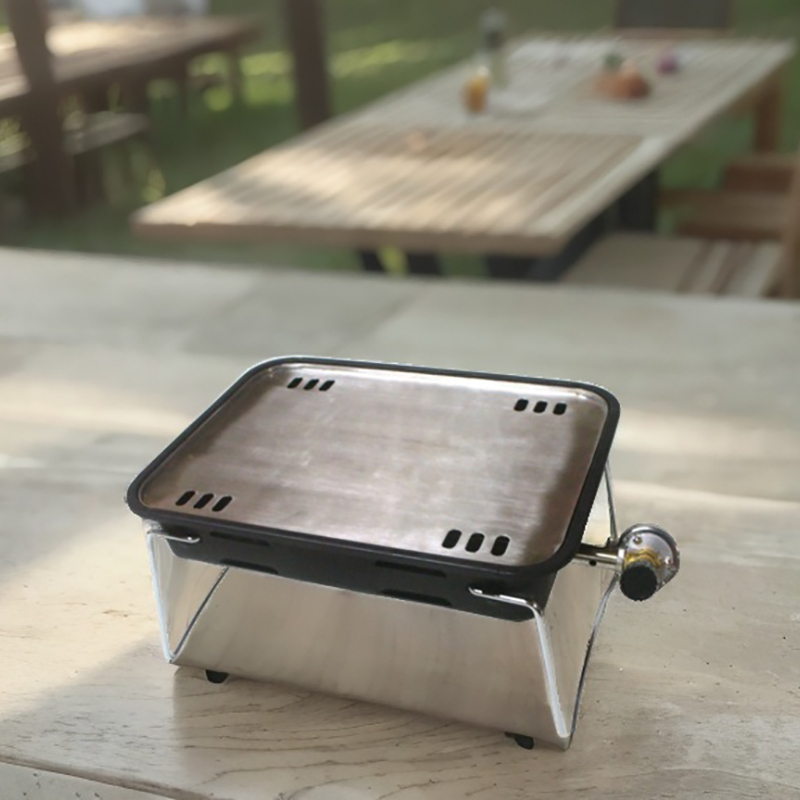 Gas Mini- BBQ
Gas Mini- BBQ 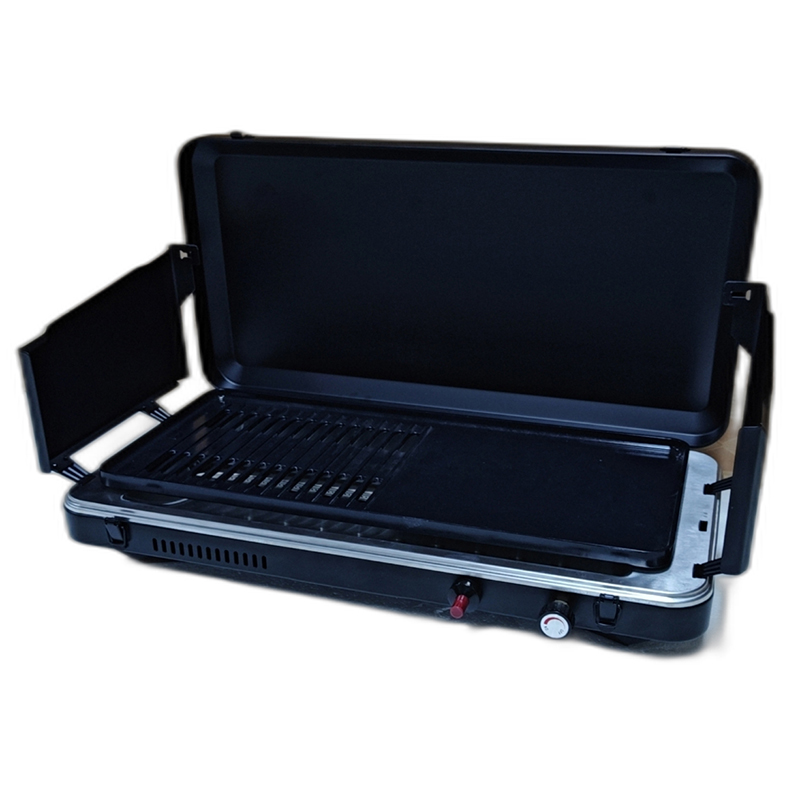 Half Grill-Half Griddle
Half Grill-Half Griddle 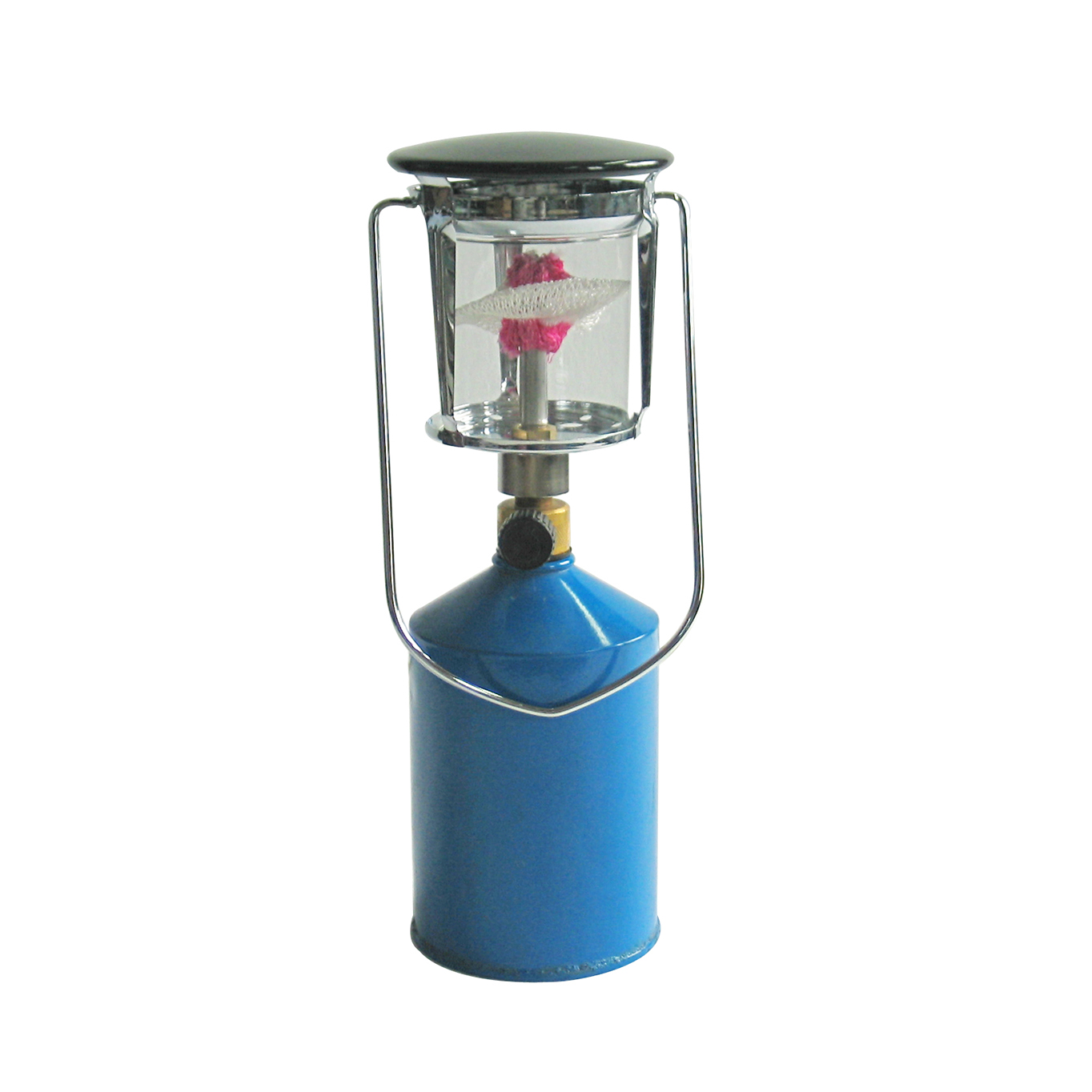 Single Mantle Lantern
Single Mantle Lantern 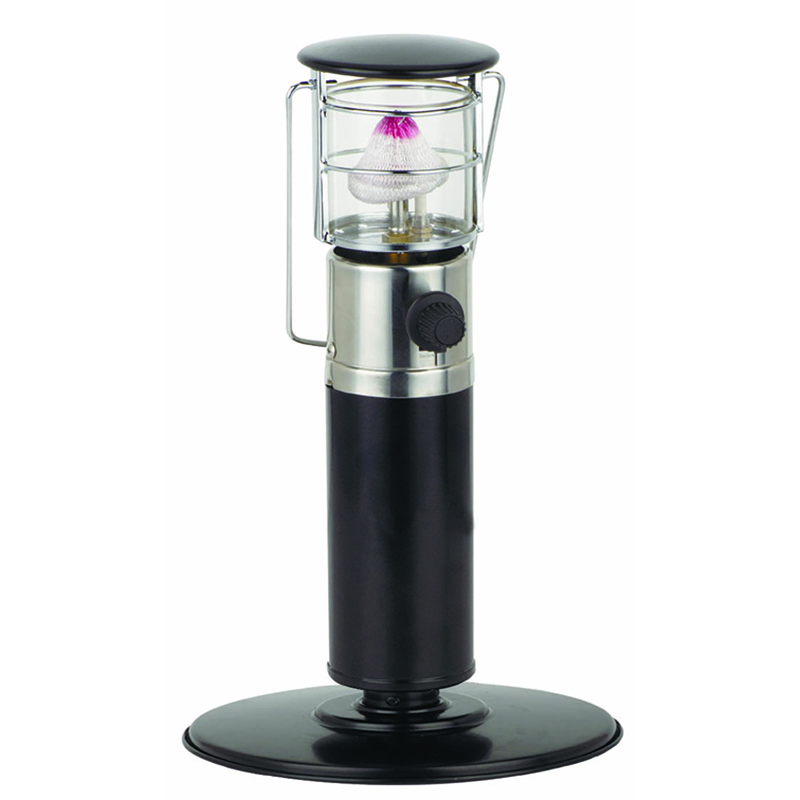 Portable Lantern
Portable Lantern 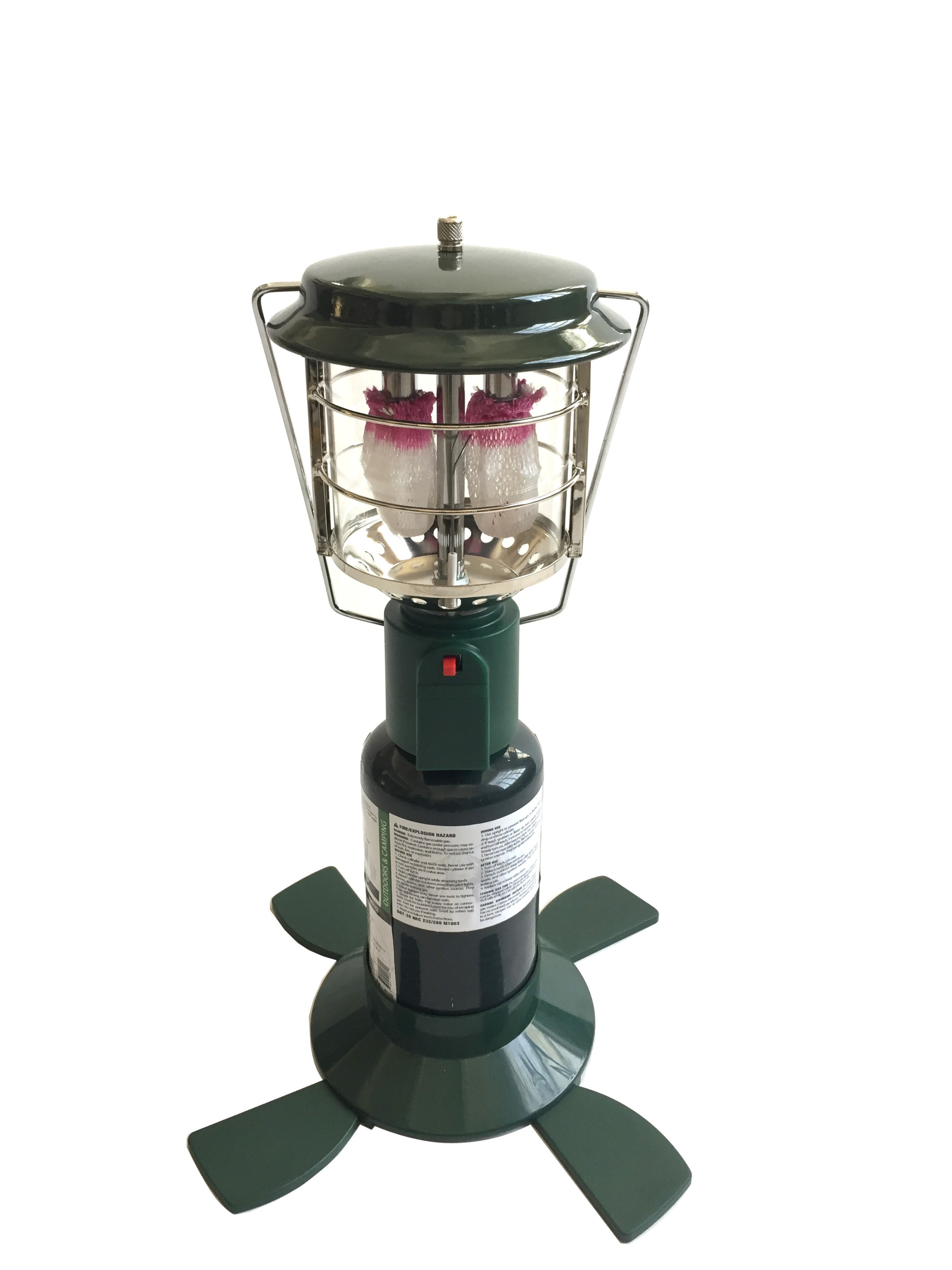 Double Mantle Lantern
Double Mantle Lantern 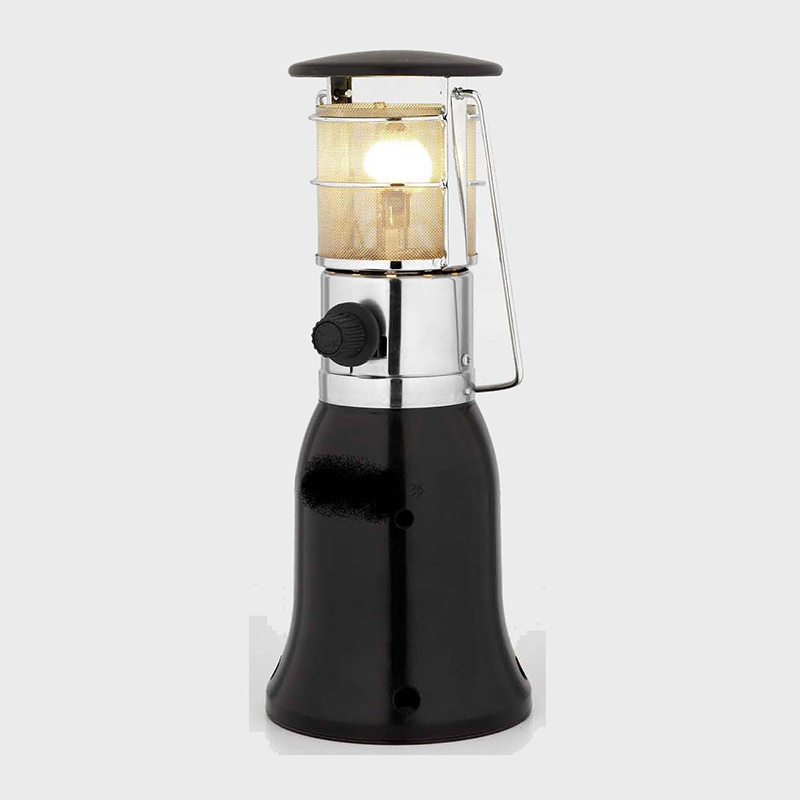 Butane Lantern With Piezo Ign...
Butane Lantern With Piezo Ign... 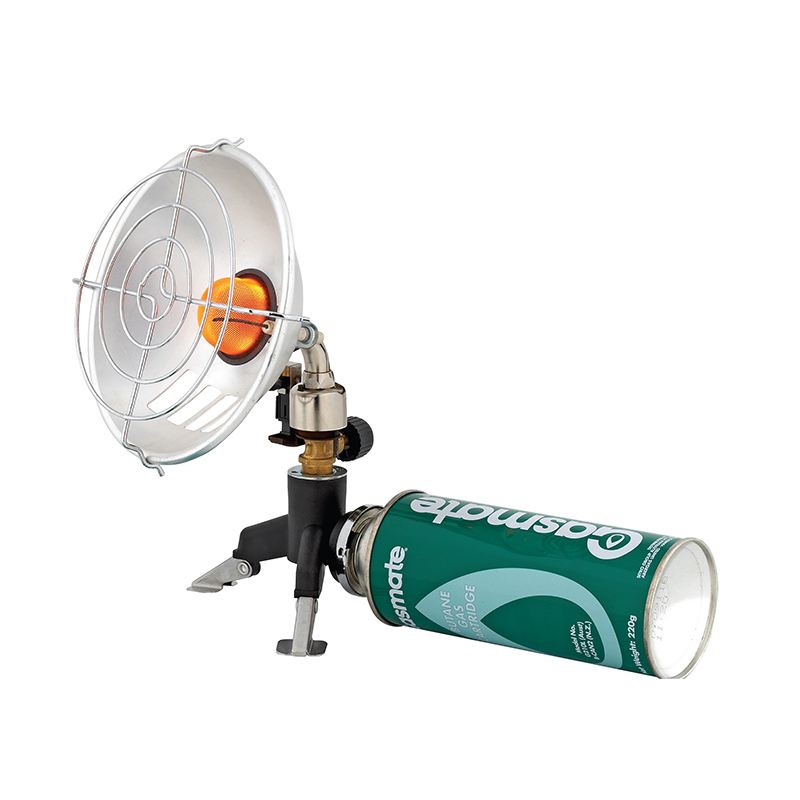 Glow Single Burner Parabolic H...
Glow Single Burner Parabolic H... 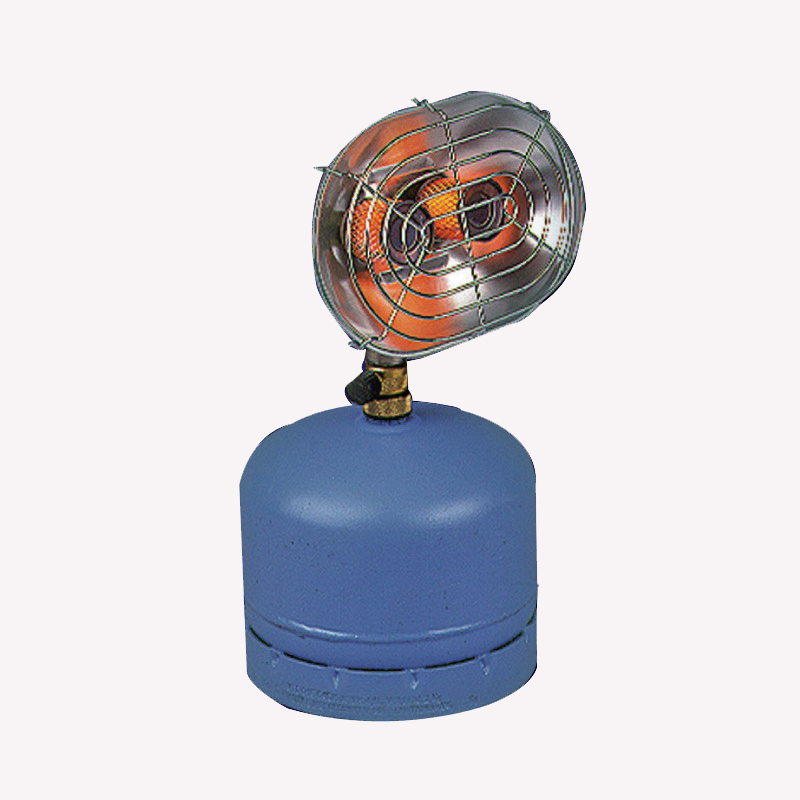 Camp Heater In Two Burner
Camp Heater In Two Burner 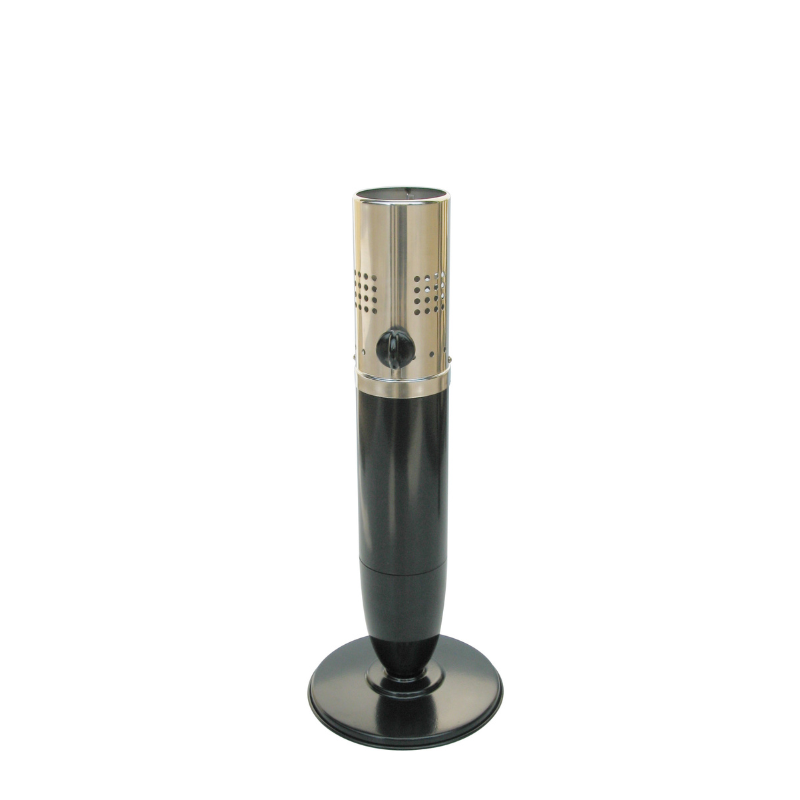 2 In 1 Torch Tabletop Gas Flam...
2 In 1 Torch Tabletop Gas Flam... 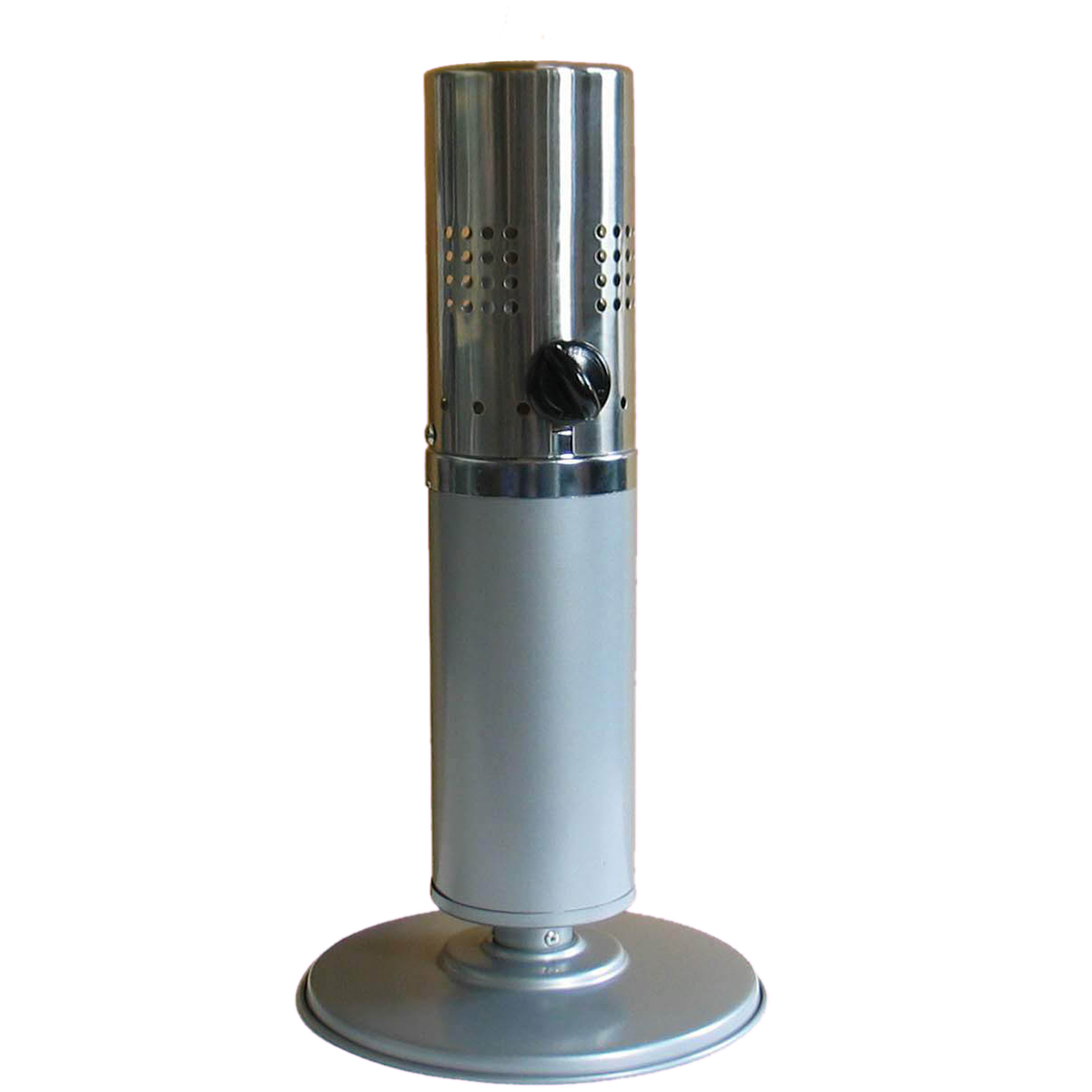 Tabletop gas flame--Black Gard...
Tabletop gas flame--Black Gard... 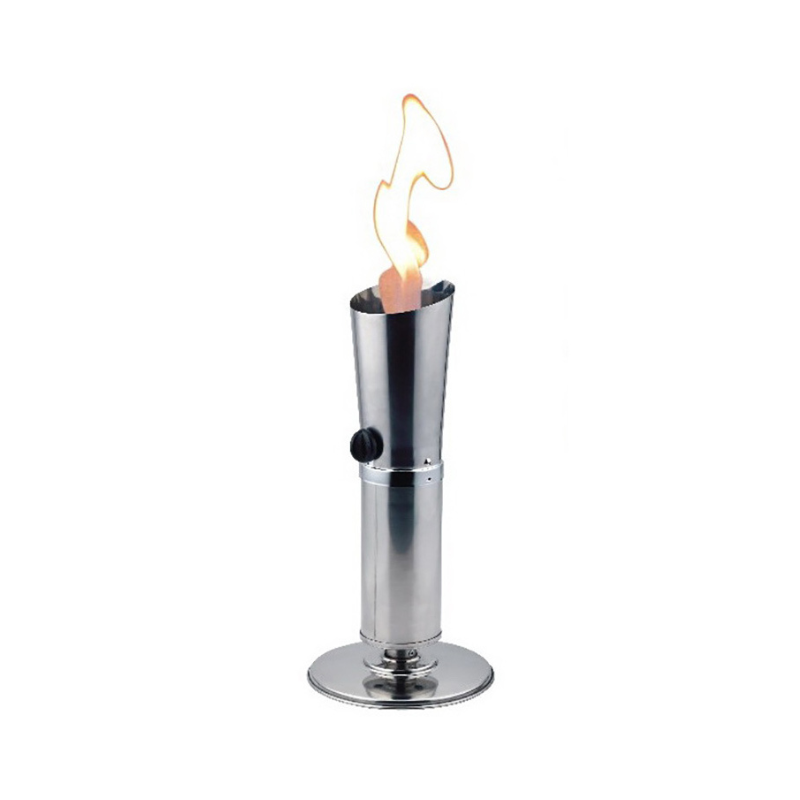 Tabletop gas flame
Tabletop gas flame 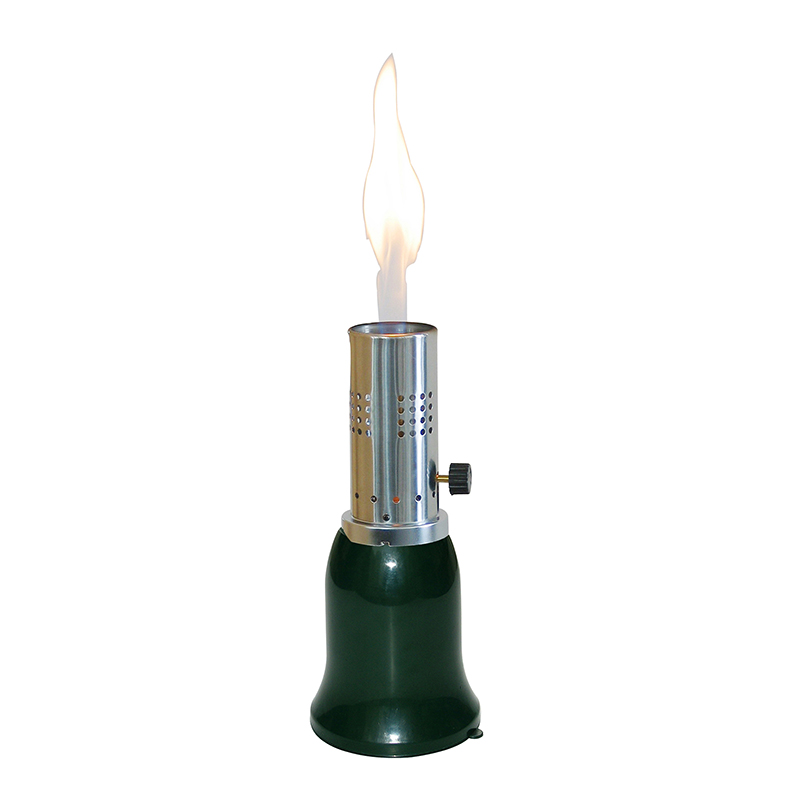 Table gas flare
Table gas flare 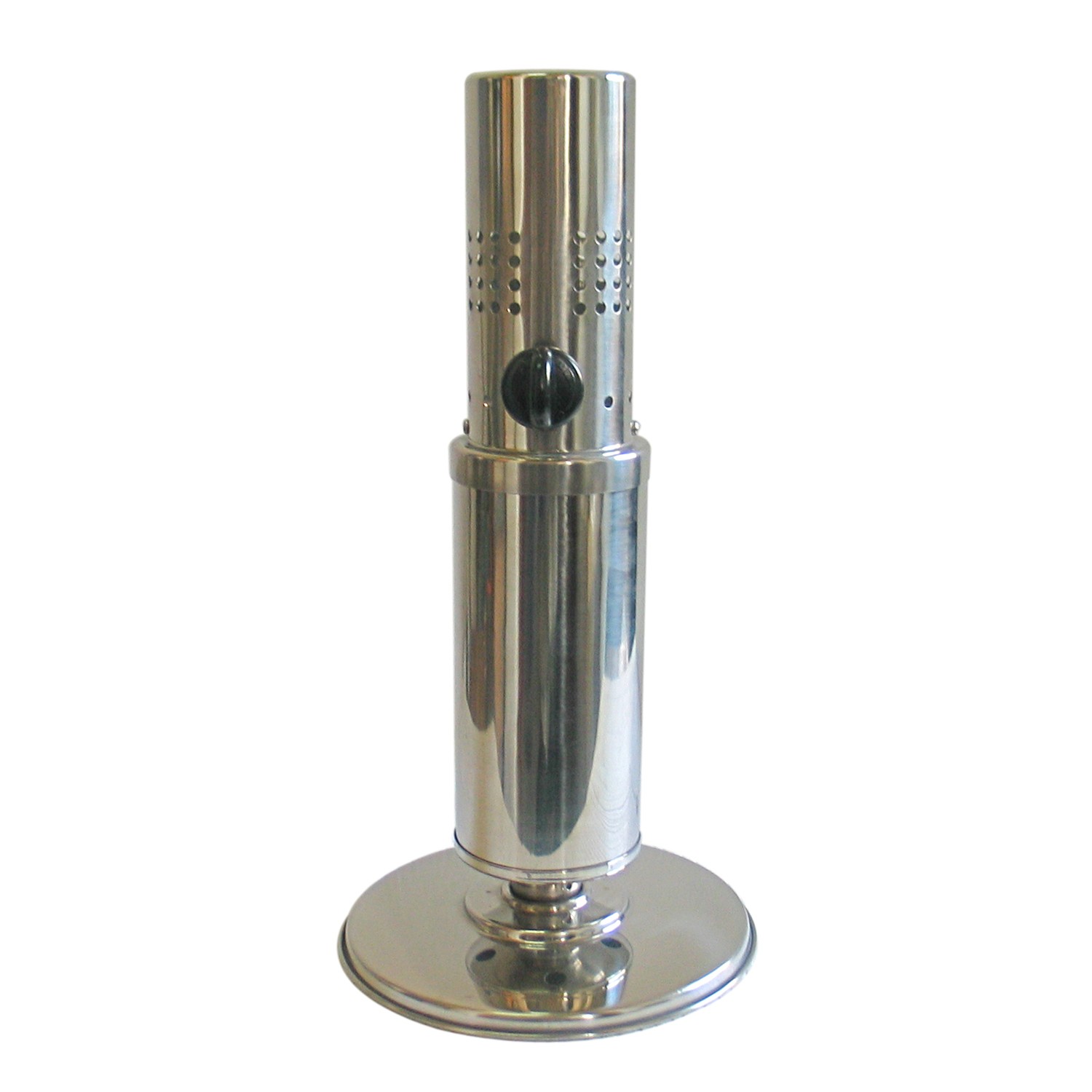 Stainless steel Garden torch
Stainless steel Garden torch  Propane Fogger
Propane Fogger  Portable Fire Pit
Portable Fire Pit 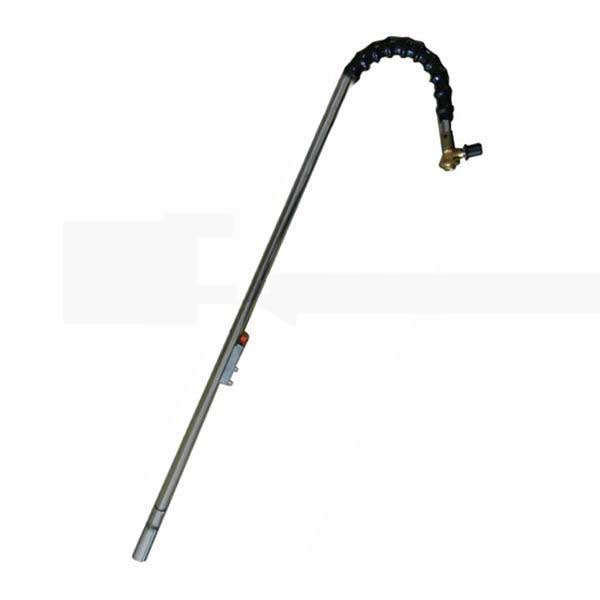 Gas Torch
Gas Torch